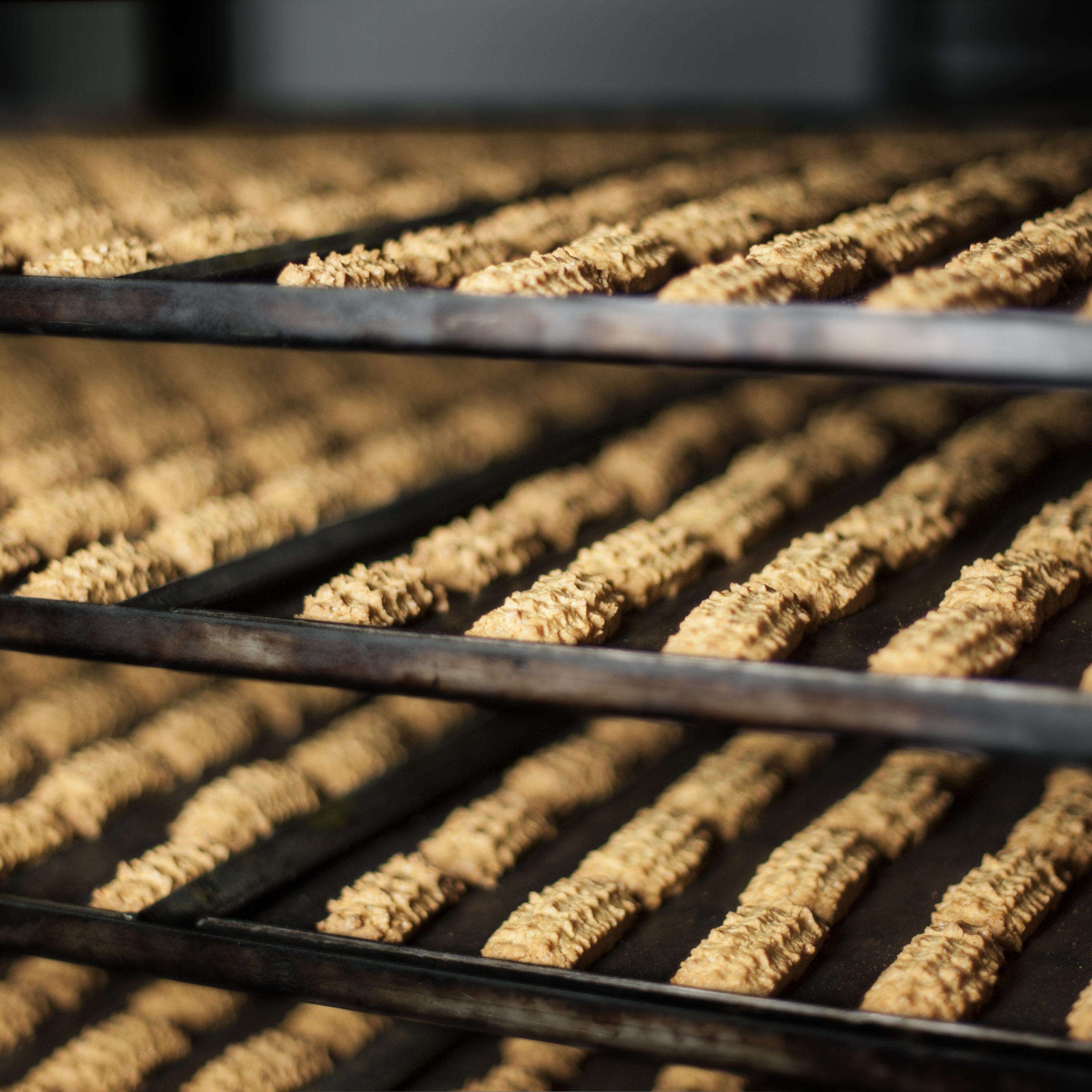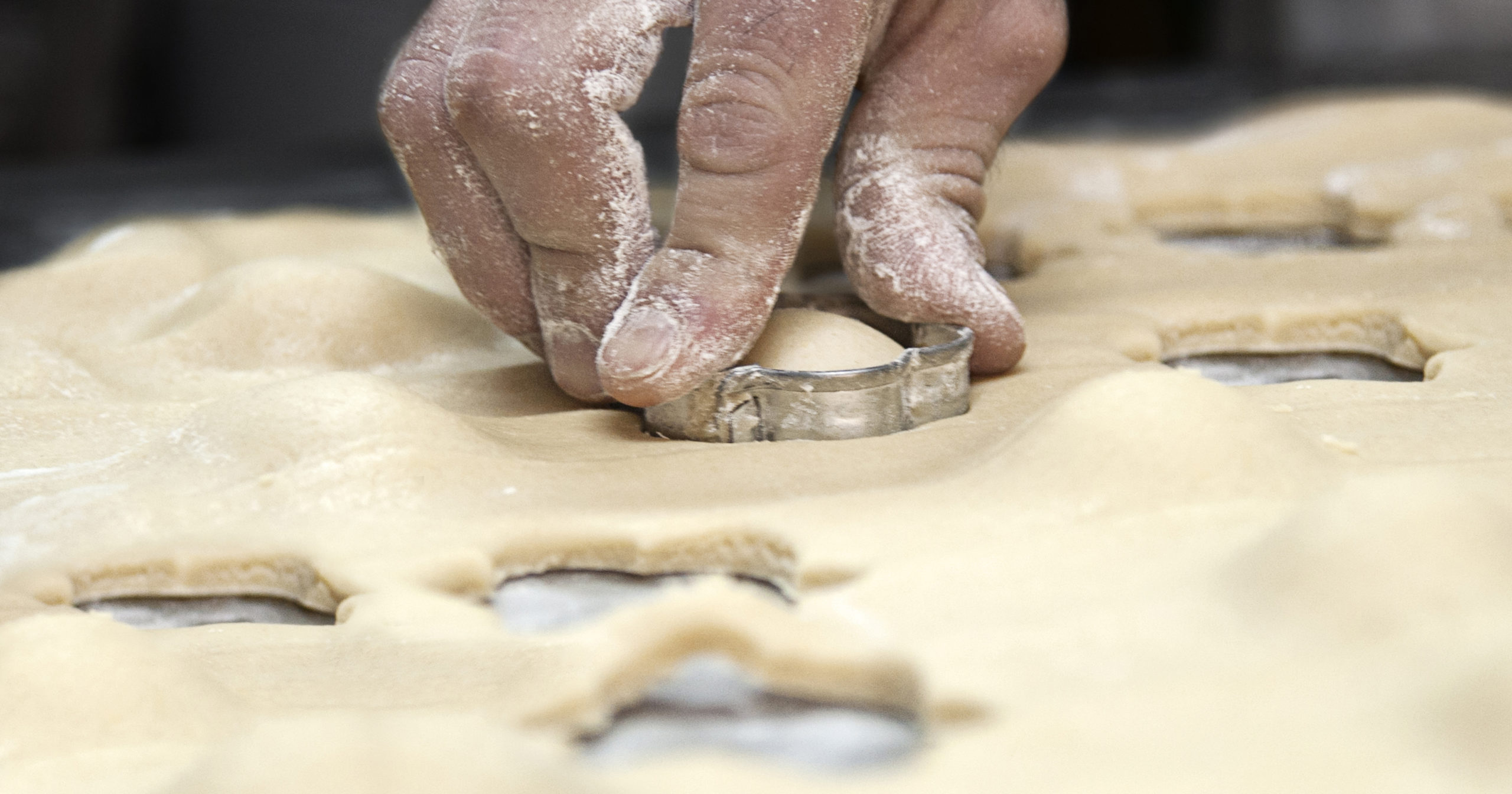Sicily is a rich land that for millennia has distinguished itself for the fertility of the soil, for the generosity of the sun that warms it and fills it with light and for the wide valleys suitable for hosting large expanses of golden wheat.
Until 1927 there were 52 indigenous varieties of wheat on the island which over time, however, left room for seeds with a better yield per hectare that allowed more abundant productions at lower prices.
Although set aside for a long time, these ancient grains have never been completely abandoned and in recent years the cultivation has started to grow again in almost all the Sicilian provinces.
Given the precious characteristics of these historic wheat originating in Sicily, including the timilia (or tumminia) and majorca (or mjorca) varieties, they are grown and processed organically, keeping all the nutritional and organoleptic characteristics intact.
In addition to the absence of GMOs, these grains are also stone ground. This allows to preserve the germ of the grains, the vitamins, the mineral salts and the proteins that make the product not only healthier, but also more digestible.
Timilia durum wheat, formerly widespread also in Portugal, Spain, France and North Africa, has a short cycle and is sown at the beginning of the year, generally in March and reaches full ripeness in summer. It resists drought very well, is rich in trace elements, low in gluten and high in protein. Thanks to its qualities it is also very suitable for the preparation of bread with the addition of a little water.
Among the ancient soft grains, one of the most popular is Mallorca , a quadrangular spike that reaches 180cm in height, suitable for arid soils and characterized by rapid ripening.
Its flour, soft and impalpable, is particularly suitable for the preparation of desserts, but also of white breads, bread sticks and above all biscuits; moreover it is often used in the making of royal pasta and, according to some researchers, it would have been the basis of the first recipes of the Sicilian cannoli rind.
This grain also has a low gluten content (about 50% less than modern grains) and is rich in protein, so it is very digestible and nutritious.









No comments yet